- Home
- slideshows
- miscellaneous
- A pair of 3D-printed homes built in 24 hours are kicking off the 'world's first 3D-printed community.' They cost residents just $20 per month.
A pair of 3D-printed homes built in 24 hours are kicking off the 'world's first 3D-printed community.' They cost residents just $20 per month.
At 500 square feet each, the homes take just 24 hours to print.

The printing process is relatively simple: The printer churns out layers of cement, which amass to form the walls of the home.
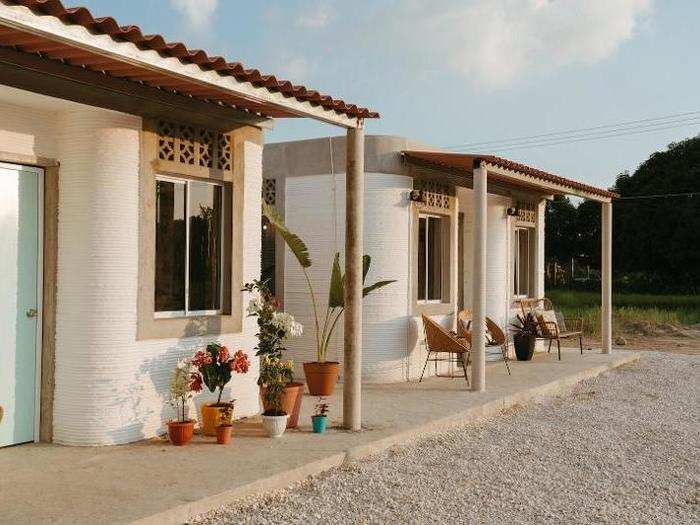
The company's cement mixture is stronger than traditional building materials, so it can withstand extreme weather conditions.
Non-printed fixtures like doors and windows are installed at the end of the process.
To select who will get to live in the community, New Story surveyed more than 500 local families. The group promised the homes to 50 families with the greatest financial and physical needs.
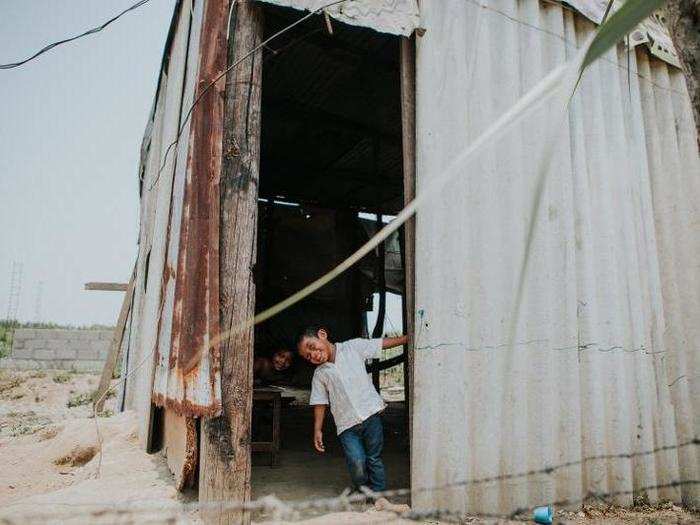
The up-front cost of building the homes and necessary infrastructure was funded by New Story donors. The nonprofit declined to say how much the houses cost, but it previously estimated that it could build a 600- to 800-square-foot home for $4,000 or less.
A local nonprofit, Échale, helped select the winning families, most of which are among Tabasco's indigenous population.
The nonprofit also solicited feedback from future residents about the community's design. The vast majority of families wanted flat roofs so that it would be easier to add to or customize their home.
Residents will be required to pay a small mortgage of 400 pesos (about $20) per month for seven years.
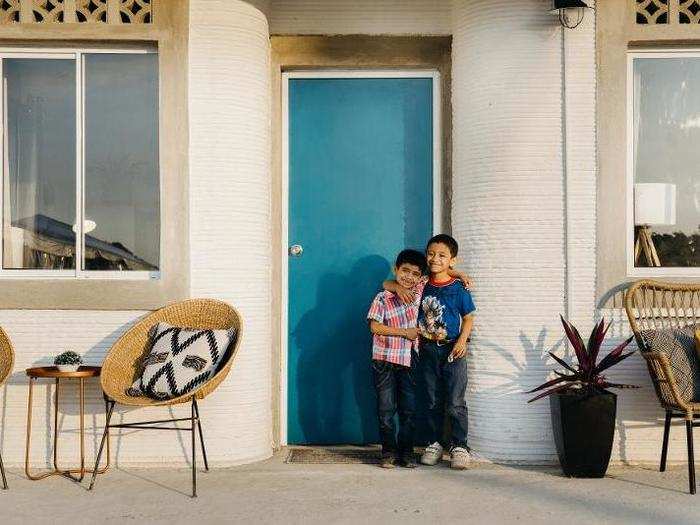
The mortgages come with zero interest and the money goes into a community investment fund meant to be spent by the residents.
Many Tabasco residents struggle with poverty and violence in their communities. The median family income there is $77 per month.
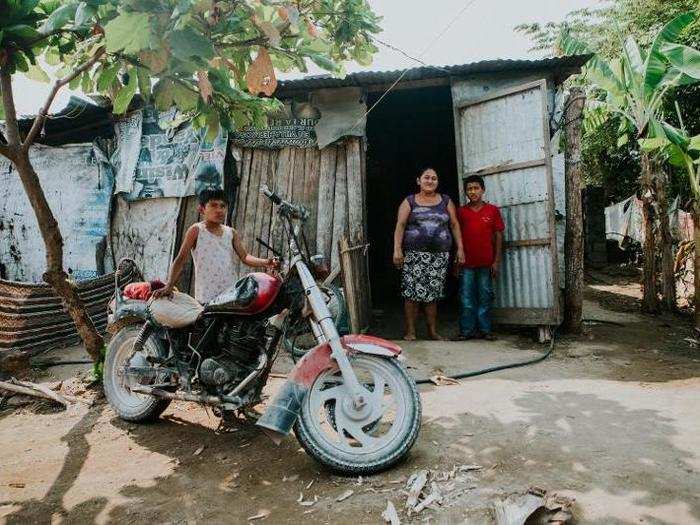
Tabasco has the highest unemployment rate of any state in Mexico.
In 2017, police registered nearly 390 murders there — triple the number in 2012. In 2018, a Mexican journalist was shot and killed in Tabasco.
The new homes come with two bedrooms, a living room, a kitchen, and a bathroom.
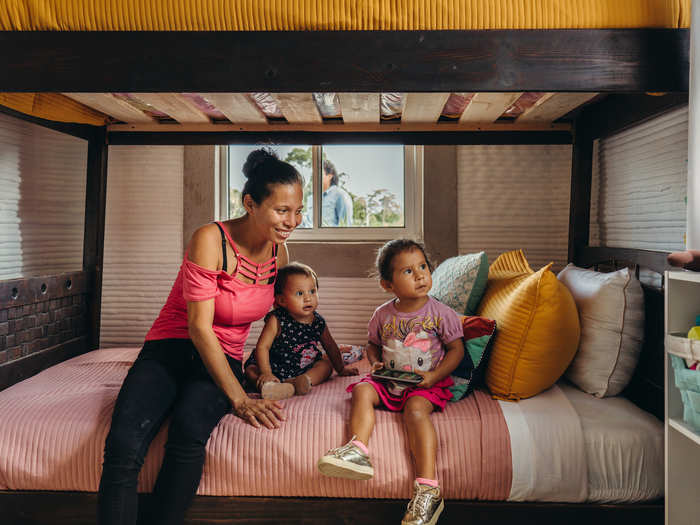
"I can't wait to have bedrooms where my family can sleep more comfortably and more protected from the cold and the mosquitoes," Isela, one of the community's future residents and a mother of two (who did not provide her last name), said in a statement. "If it rains, I know it's not going to make our floors muddy; that is how my home is now."
The new community will also offer parks and green space.
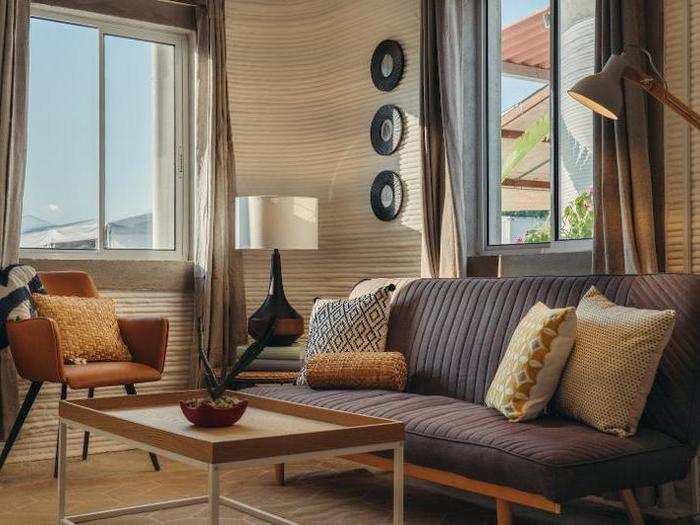
Almost all of the families surveyed asked for green space near their homes. A quarter of those surveyed said they considered green space the most important feature of their future community.
But the community's rural location and some rainy weather posed a challenge for the builders.
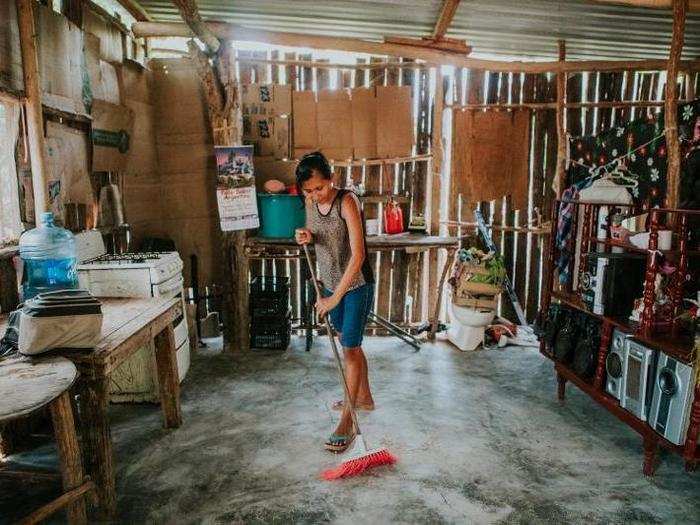
Though the actually printing process took 24 hours, planning for the development lasted 18 months.
"The journey has not been easy," New Story said in a statement on its website. "Power can be unpredictable and local rainfall has often flooded access roads to the construction site."
The two printed homes will soon be joined by 48 more structures, but the rest likely won't be 3D-printed, despite the group's intent to build the first 3D-printed community.
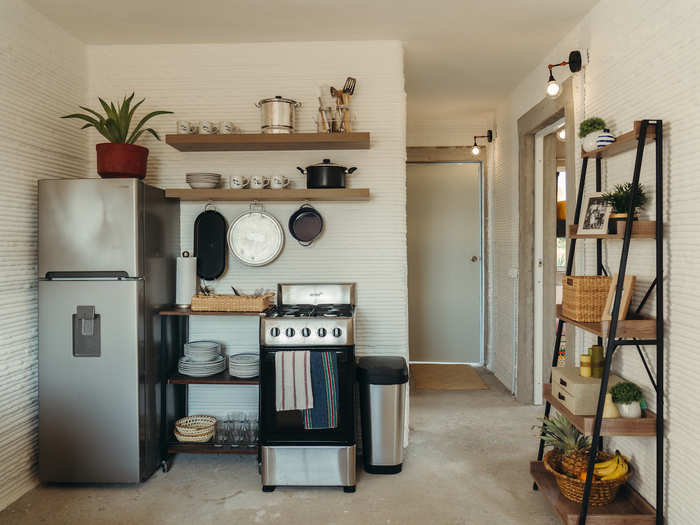
Instead, New Story plans to use a material called Eco-Block: a type of brick made from organic waste that's stronger than traditional concrete and produces fewer carbon emissions. The nonprofit will then compare whether Eco-Block or 3D printing holds up better over time.
For now, the 50 families are still living in their old homes. An official move-in date hasn't been decided yet.
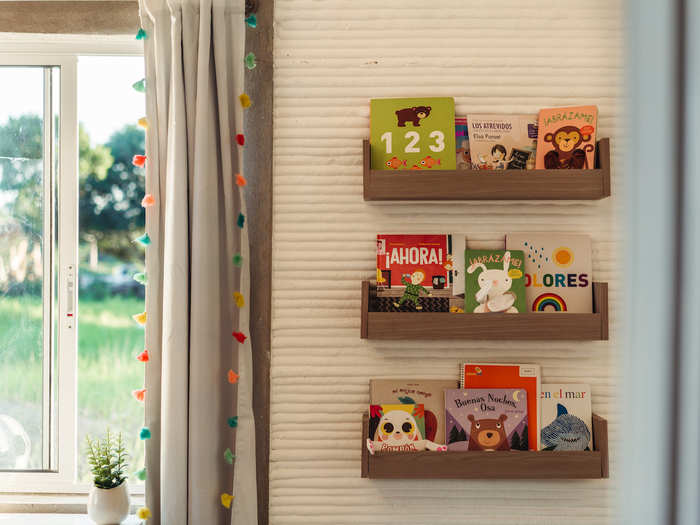
The two 3D-printed homes won't be occupied until the entire community is completed.
"The thing I am most excited about for my new house is having my own room where I can read," 8-year old Alan (who did not provide his last name) said in a statement. "Where I live now, we can't read much, because when our parents bought us books, they would always get wet because of rain coming in through the roof."
Popular Right Now
Popular Keywords
Advertisement